All of Tokyo available as a free 3-D scale model right now!

Grand Theft Auto: Tokyo, anyone?
The Japanese Government hasn’t had the best track record with technology. While some key figures have rarely—if ever—touched a computer, one of their most ambitious campaigns at the moment is phasing out the use of wooden stamps and fax machines for official documents.
However, every once in a while they do something that’s really quite amazing. This time it’s a 3-D digital model of all 23 special wards of Tokyo, and it’s completely free!
▼ Make sure you have a computer that can handle it all though. This group of buildings is less than 5 percent of the whole thing

When I say “completely” I mean you can do whatever you want with it, including using it for commercial purposes such as designing your own software or game around it. Surely, the geographical information purposes alone are endless, but it’s hard not to look at that and see the potential free-roaming action or racing games that can be made with it.
▼ It is now possible to make a video game version of those video versions of video games!
The model was made by the Ministry of Land, Infrastructure, Transport and Tourism’s “Plateau” project from aerial surveys and objects such as buildings and roads, all containing data such as purpose and date of construction. The entire area covered is about 627 square kilometers (242 square miles) and includes all of Tokyo’s favorite locations from Shinjuku to Shibuya and landmarks from the National Stadium to Haneda Airport.
They also hope to add “urban activity” data in the future which presumably includes information such as traffic volume. This could be useful in a variety of urban planning or real estate projects, but perhaps most importantly for generating a realistic number of NPCs in your authentic Tokyo crime simulator.
Netizens also sang the praises of this development, because it would mean their favorite games could finally be set in a Japanese location.
“Finally, a racing game in the 23 wards of Tokyo rather than the U.S.A.”
“I always dreamed about an FPS or Spider-Man game set in Tokyo…”
“I want a Cyberpunk style game set in Tokyo.”
“I want to fight people on the streets of Tokyo with this!”
“I will cry tears of joy when a fully open-world GTA-style game set in Tokyo comes out.”
“Can’t this be used for people to plan attacks on Tokyo?”
While the data could potentially be used in harmful ways, it doesn’t seem to give any tactical information that can’t be gotten from Google Maps and Street View already. What Plateau’s model does do, however, is put this data in the hands of artists and developers to manipulate freely in new and interesting ways.
The data can be found on the G Spatial Information Center website and downloaded in FBX file formats for free. There are some issues with certain sections not downloading properly, but considering it was only released a few days ago and given the massive size of it all, some hiccups are to be expected.
▼ Building textures are also included

I tried to make a simple game with the data so I could become the first person to create a fully open-world game set in the real Tokyo, but my tiny computer just couldn’t handle it. My loss, but that title is still open to anyone willing to take on the challenge!
Once again, there are no strings attached, so let’s get out there and get that proper 3-D open-world Tokyo Jungle reboot we all deserve going.
Source: G Spatial Information Center, Plateau, My Game News Flash
Images: ©SoraNews24
● Want to hear about SoraNews24’s latest articles as soon as they’re published? Follow us on Facebook and Twitter!
Credit:

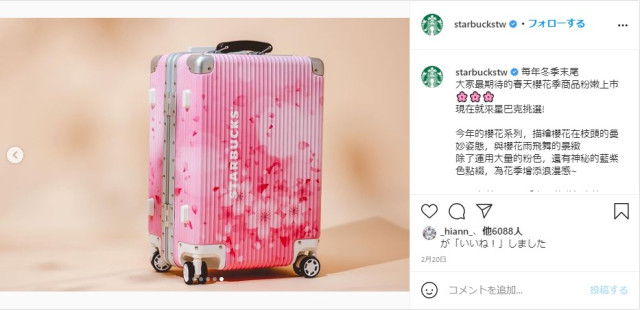

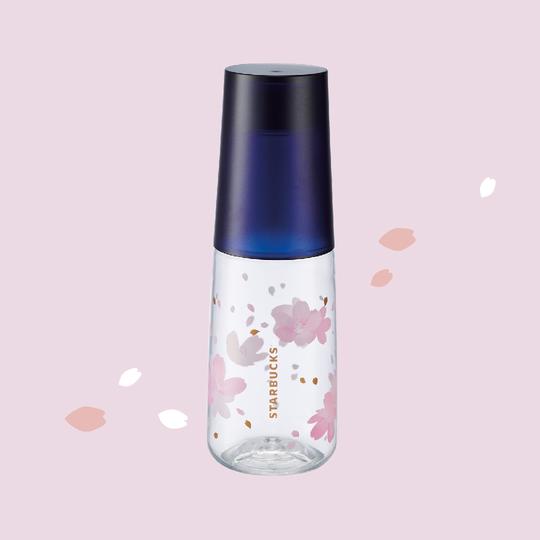
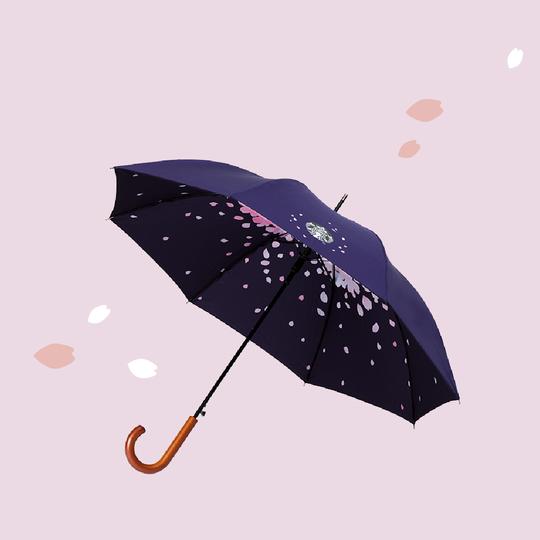


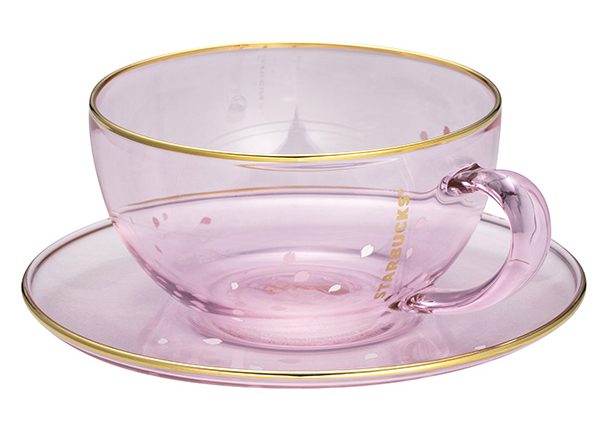
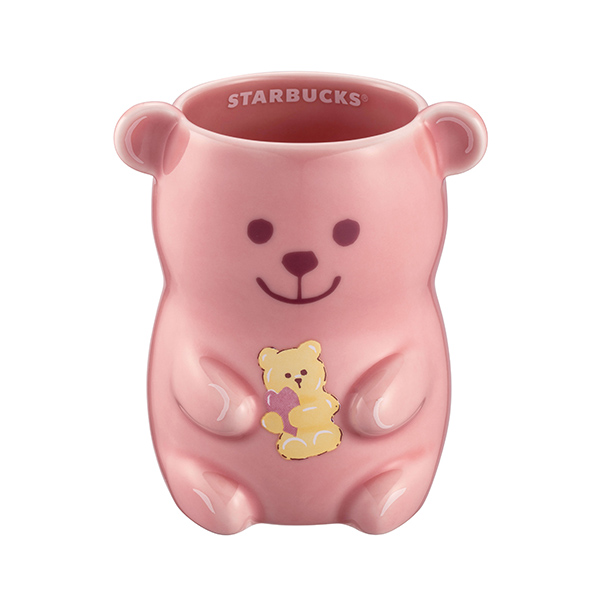

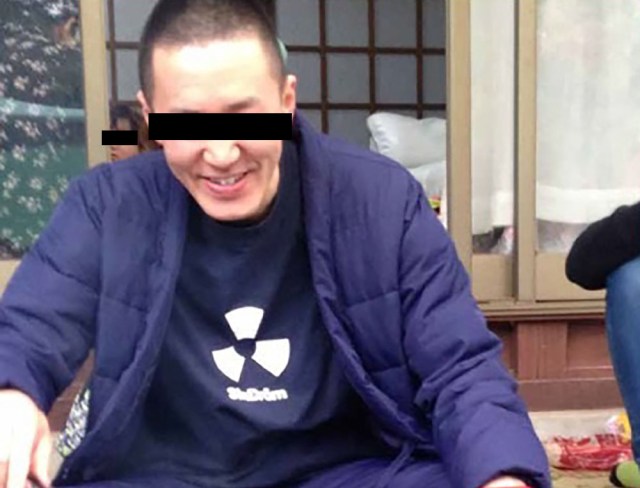
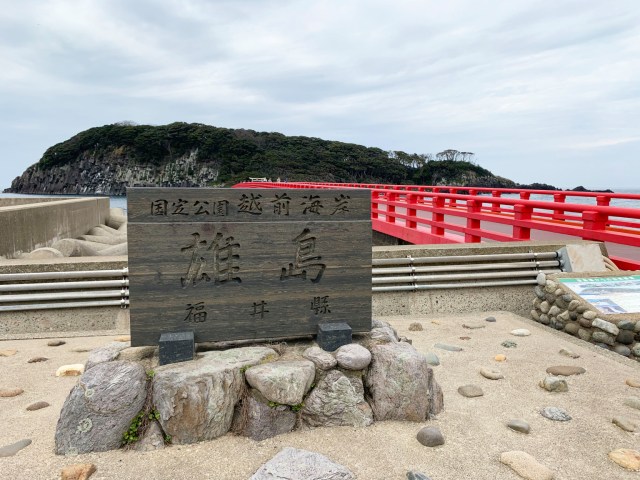
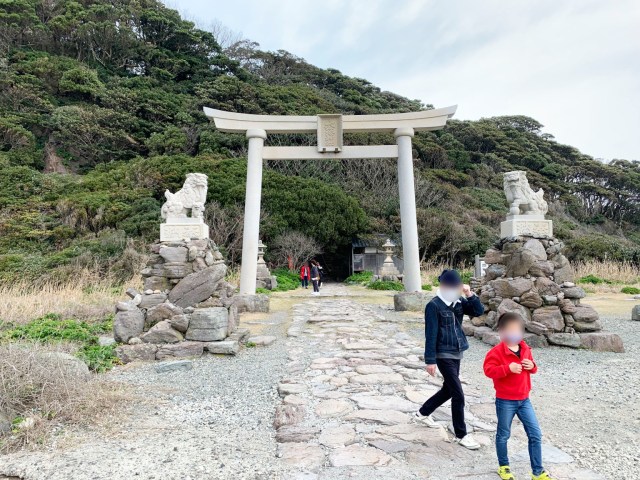
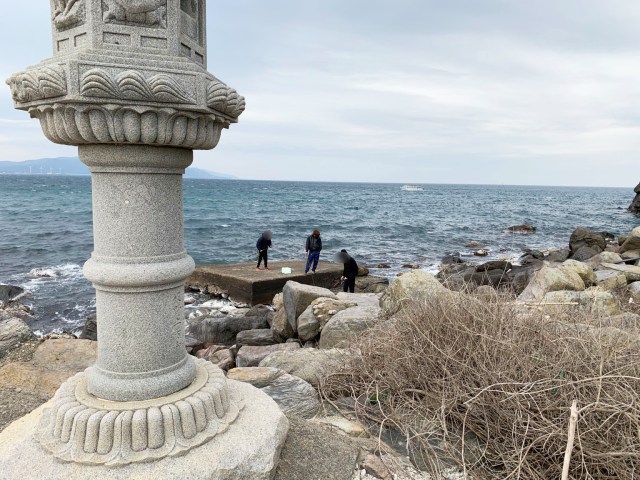
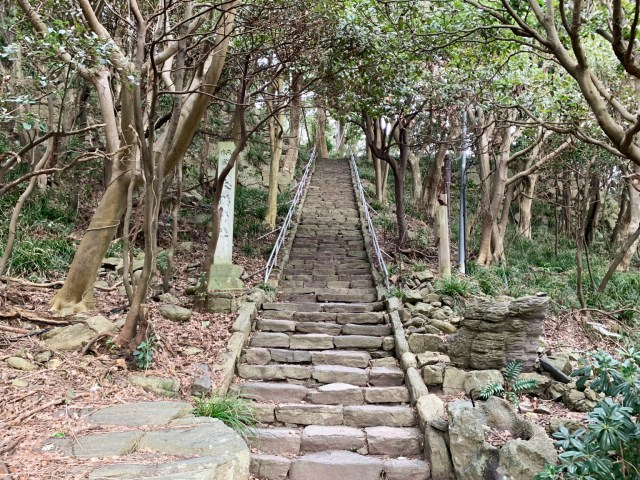
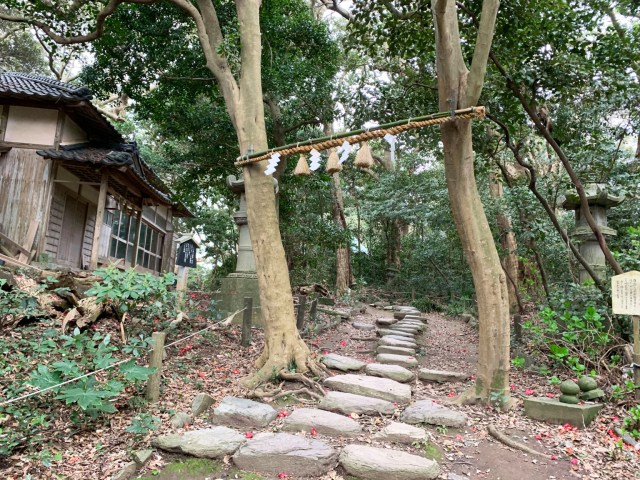

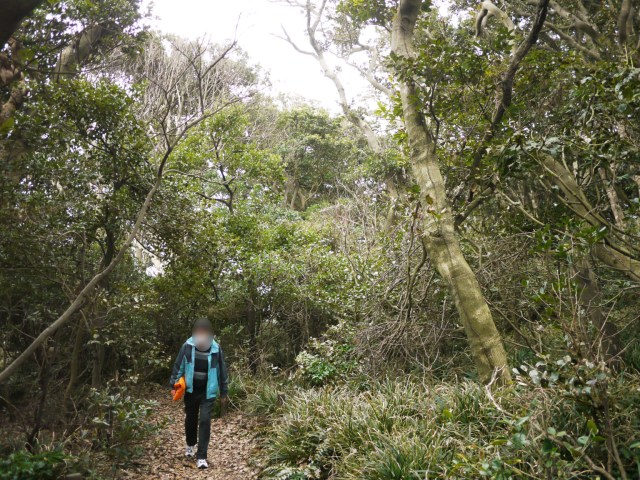
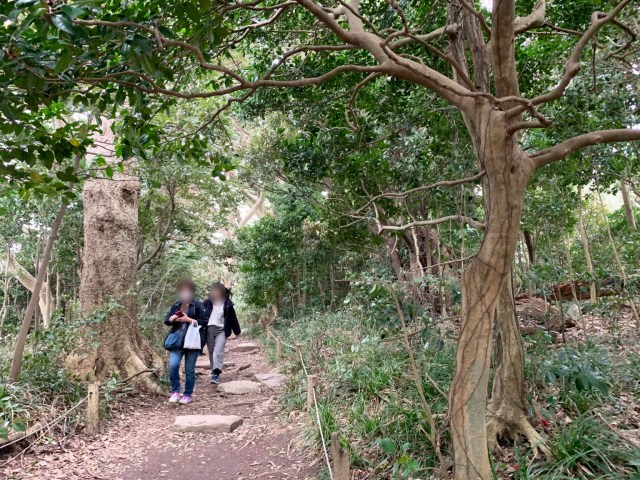
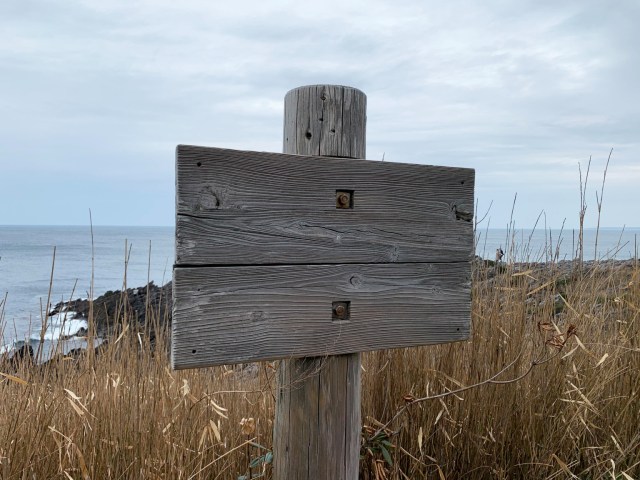
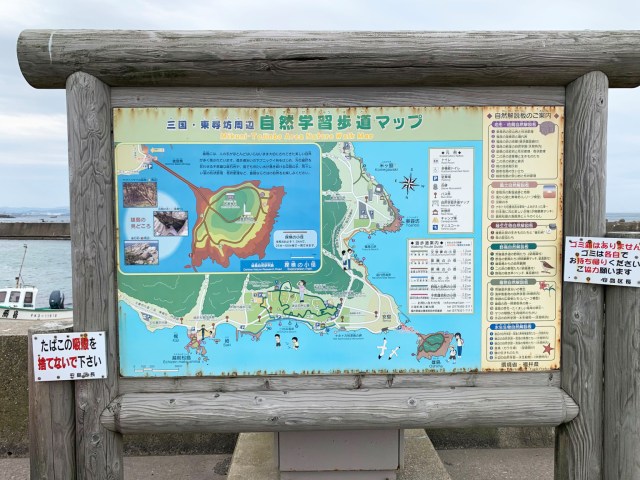
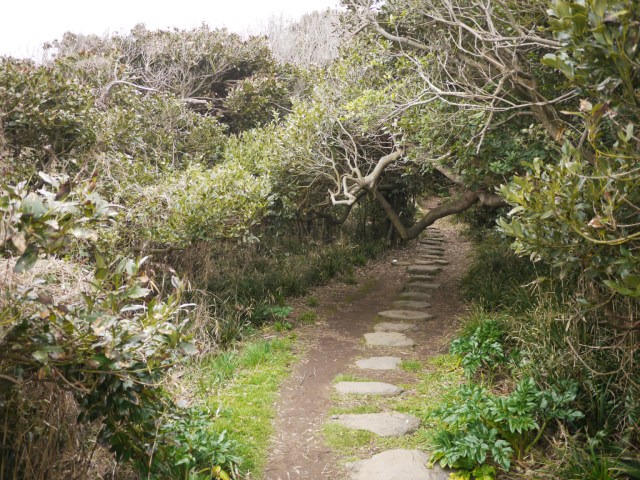
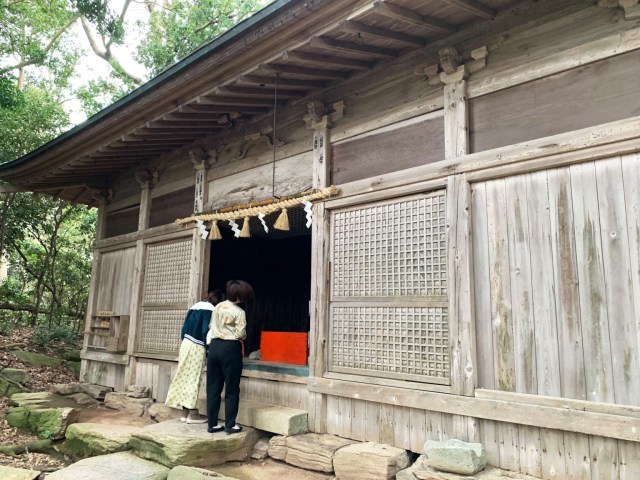



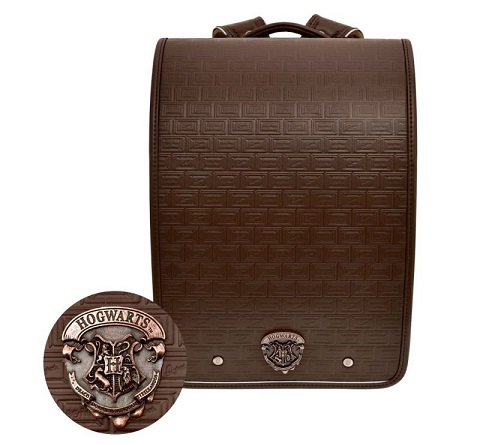

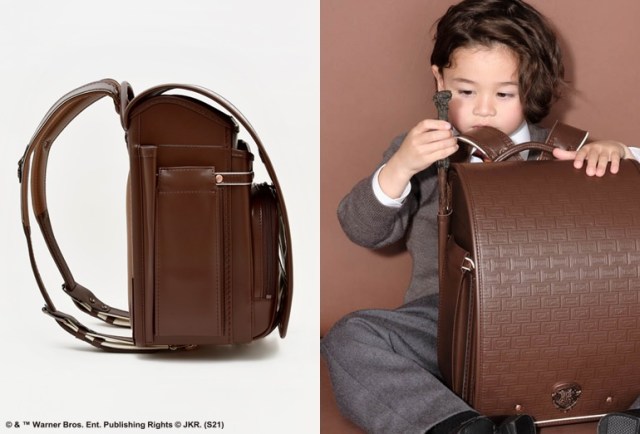

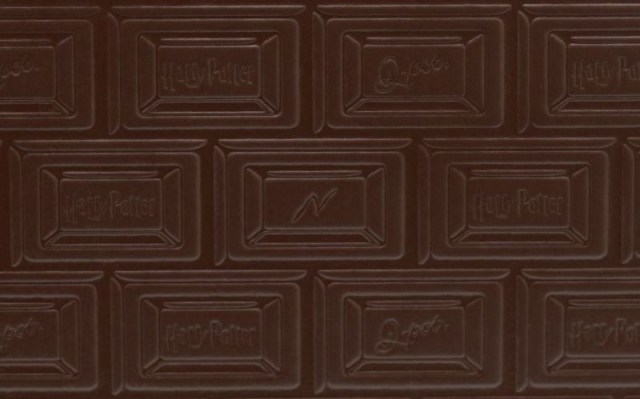


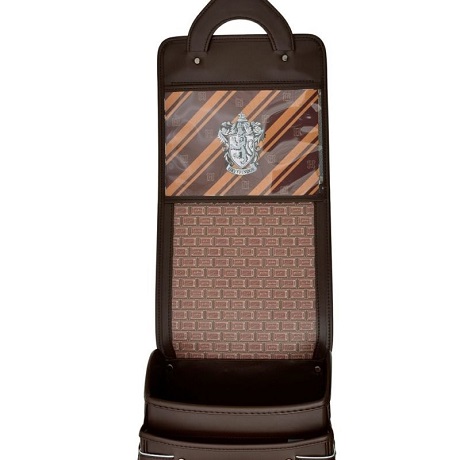
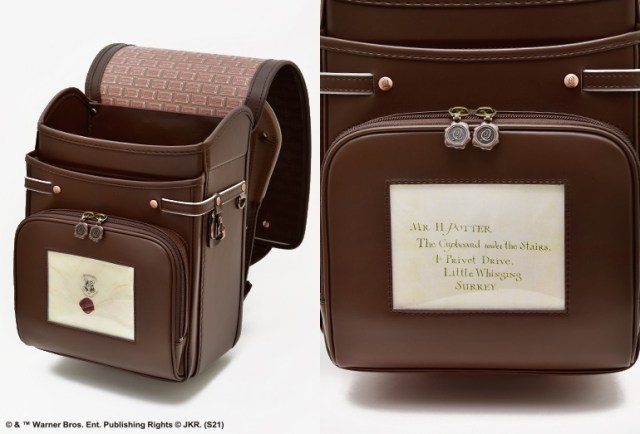
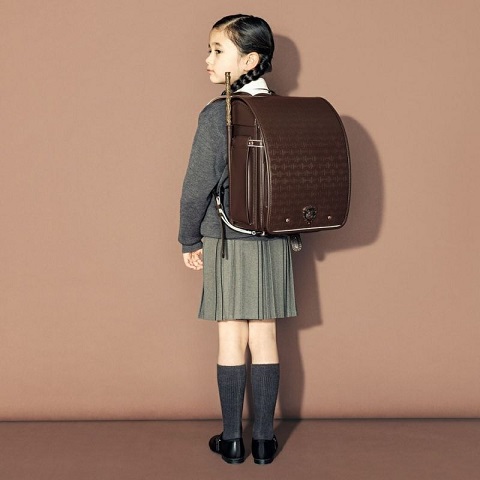
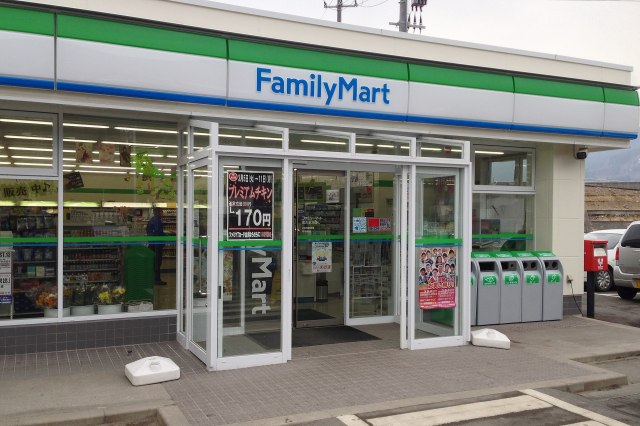


 (@OonaMcGee)
(@OonaMcGee) 
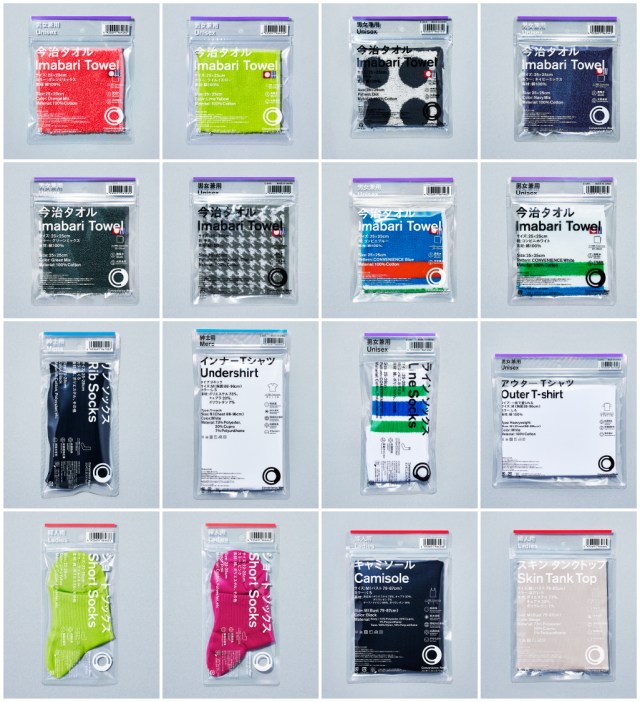
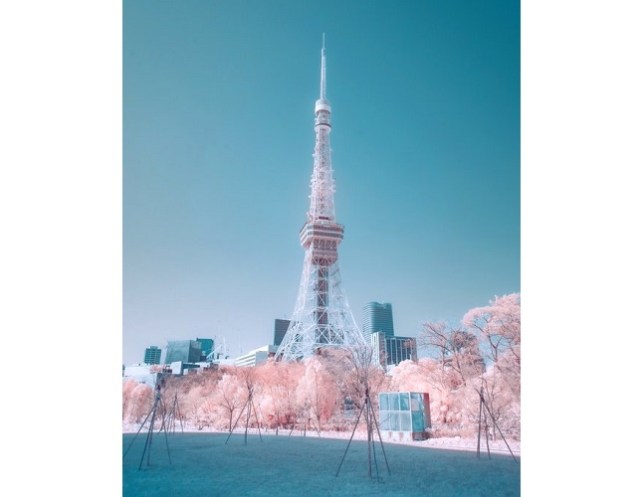
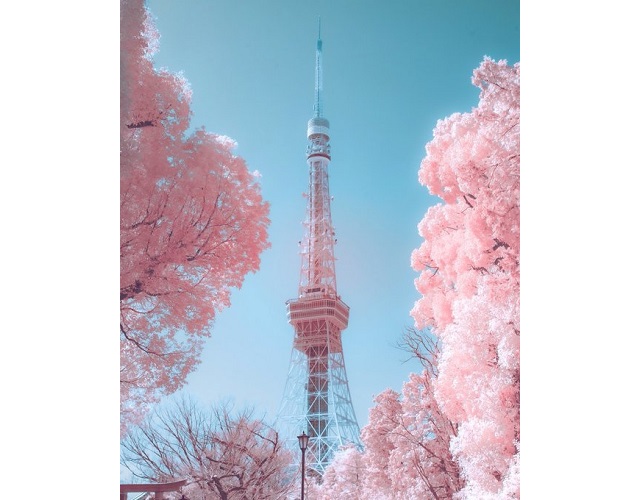
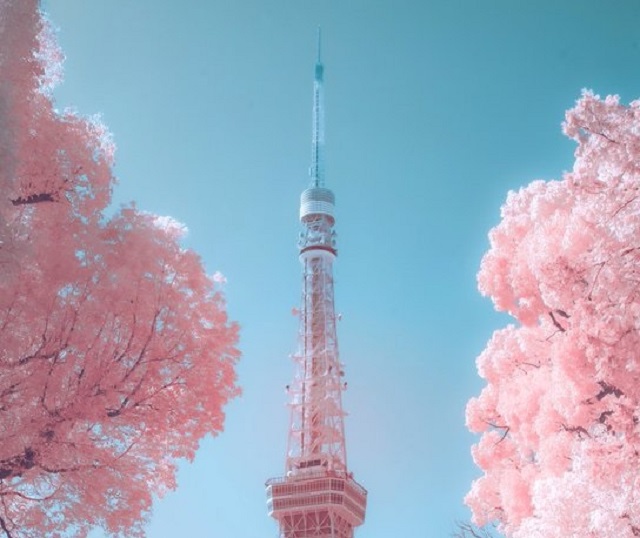

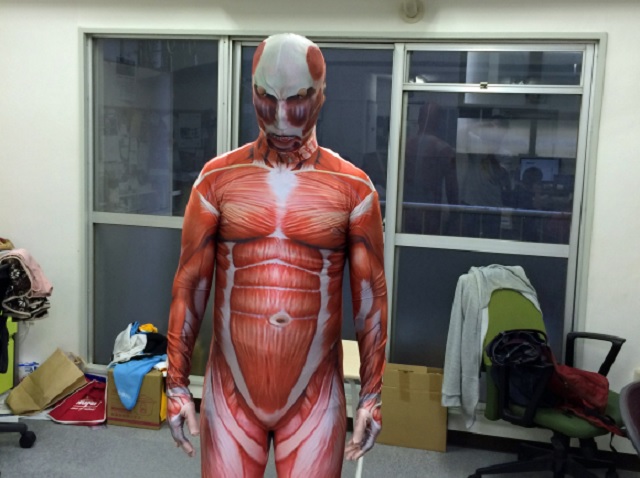
0 comments:
Post a Comment